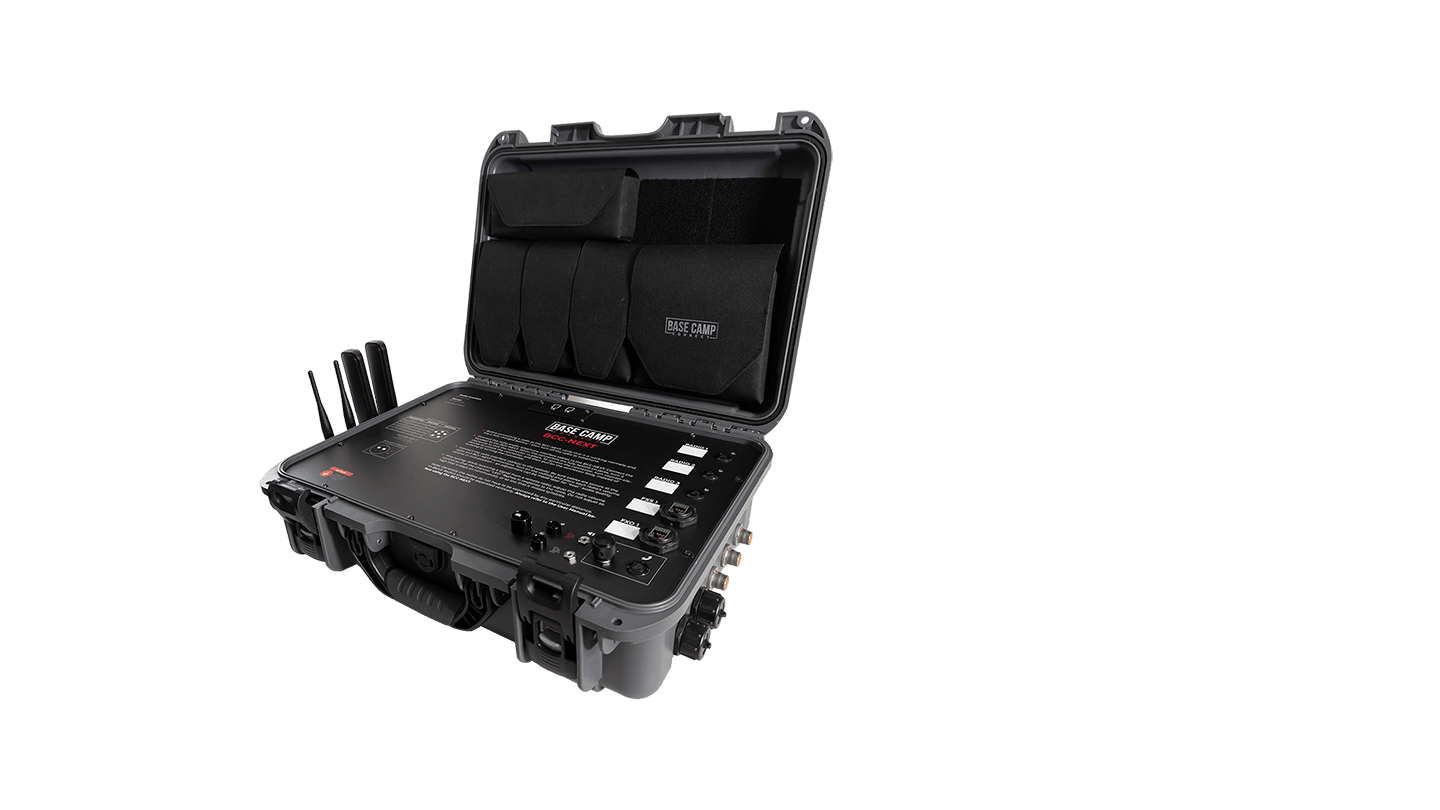The last ten years have undoubtedly taught us to expect the unexpected. The COVID pandemic, global economic downturn, wars, and extreme climate events are just a few challenges we have faced in the last decade. If nothing else, these events have demonstrated the need to be ready for emergencies.
When it comes to emergencies, there are many factors to consider. However, the key to successfully navigating these situations lies in your organization’s ability to communicate. A comprehensive communications plan, utilizing the right equipment, and training are the foundations that will help you and your team weather the unexpected.
Here are ten tips to help ensure that your organization’s communications are ready for whatever the world throws at them.

The first and probably most important advice is to develop a detailed communications plan. The best plans outline what communications equipment will be used, who is responsible for each piece of gear, the policies and procedures surrounding the operation of the equipment, and how people in your organization will interact with each other and those outside your organization. Plans should identify communications tools and methods prior to an emergency event occurring. Good plans help everyone to be on the same page and will facilitate open and reliable communication channels in any situation.
Next is the importance of redundancy. I once participated in a training exercise where the instructors only gave us one type of radio to communicate with. Given the terrain, this was a poor choice. Halfway through a multi-day event, the instructors realized we were talking to each other using only our cell phones. While upset, they realized they had mistakenly thought one type of communication channel would be fine. Your communications system should be robust covering radio, satellite, internet, and mobile networks. Emergencies have a way of overloading systems, so to be successful, you must layer your communications network so that if one system fails, you aren’t left dead in the water.
Third on our list is the importance of training. If disaster strikes and you’re tearing the plastic off your brand-new radios, you’re probably in trouble. Regular training and running drills are crucial to success. Training is one of the best methods of building confidence and competence in your team. Most organizations would benefit from monthly training, but quarterly training should be the minimum frequency. The more frequent your training, the faster your team will learn to work better with each other and develop the mental and physical muscle memory that makes communicating in an emergency fluid and less chaotic.

In addition to training your people, ensuring all your equipment is in perfect working order is also extremely important. Modern communications equipment combines hardware and software, and each needs its own regular maintenance schedule. This part of preparedness isn’t just about fixing things that are broken. It is also about making sure preventive maintenance takes place. Start with following the manufacturer’s guidelines for each piece of gear you have. After that, create a schedule that assigns specific people the responsibility for conducting regular check-ups on all equipment. A proactive approach such as this will help guarantee that when emergencies happen, your communications gear won’t let you down.
If you have ever worked in a multi-agency environment, you are probably all too familiar with the pain of interoperability. Imagine the diverse organizations that will interact with you in an emergency. You will likely work with first responders, various aid organizations, and maybe even the military. Each will have their own communications equipment and being able to seamlessly communicate between various stakeholders it vital. If you are lucky, you’ll have equipment that facilitates interoperability. If not, you will need to make sure you know how to use your tools and standard operating procedures to establish and maintain communication with those around you.
Our sixth tip is related to cybersecurity. It doesn’t take an emergency to know that cybersecurity threats are real and all around us. Unfortunately, even in chaotic times like natural disasters, cybercriminals are ready to pounce and take advantage of the situation. Your communications system should have the necessary fortifications in place to reply to a cyber-attack, especially in emergency situations. Firewalls, security software, and strict operation protocols can all help guard against cyber threats. By investing in cybersecurity, you can protect your equipment and save lives. Make sure to include updating your cybersecurity measures in your preventive maintenance plan. Cyber threats change all the time, so this should be a daily check for most organizations.

Power is often overlooked when considering the survivability of your communications network. Whether you need batteries, electricity, solar power, or something else, you must plan to be self-sufficient. Power grids often fail during emergencies, or you may find yourself in an area far from power, like when fighting wildfires. A robust or backup power system is your best defence here. If you operate on batteries, make sure to have extra. If they are rechargeable batteries, consider how you will charge them without the use of the power grid. Generators are another great option. Whatever you decide is best for your team, ensure you aren’t relying on a single power source for your equipment.
When equipment isn’t used regularly, it tends to collect in a storage pile and becomes difficult to find. Our eighth tip is to create a detailed inventory of your communications equipment. Everything should have a place on your inventory sheet and a designated location in your storage facility. Make sure to record serial numbers and give some thought as to what items should be placed together. Extra water bottles don’t need to be stored above expensive radio equipment. Don’t forget to include a sign-out sheet with the gear so you know who has taken anything out of storage.
Our second to last tip goes hand in hand with interoperability. In addition to making sure your equipment can talk with the equipment outside your organization, you need to do the same with people. Emergencies bring together numerous stakeholders. These include the people affected by the disaster, the government, non-profit organizations, and first responders, to name just a few. Don’t find yourself in a position where you are working with people outside your team for the first time in the chaos of an emergency. Coordinate with stakeholders regularly and conduct joint training exercises for the benefit of everyone involved.

Finally, never stop evaluating and improving your plan. At least once a year, you and your team should look at the communications plan for emergencies and decide if it needs to be modified. A great practice to incorporate is after action reports after training or real-world events occur. These reports are not meant to point out who did something wrong but rather identify where the plan had shortfalls and potential solutions to these shortfalls. When after-action reports are used properly, they can significantly minimize the risks to your communications network.
History continues to show us how important it is to be prepared for the unexpected. By following the ten tips in this article, you can significantly improve the resiliency of your communications network in an emergency. With a detailed and well-vetted communications plan and a focus on training, maintenance, and interoperability, you can easily be prepared for emergencies.
Liked this blog post? Stay tuned by subscribing to our blog!














